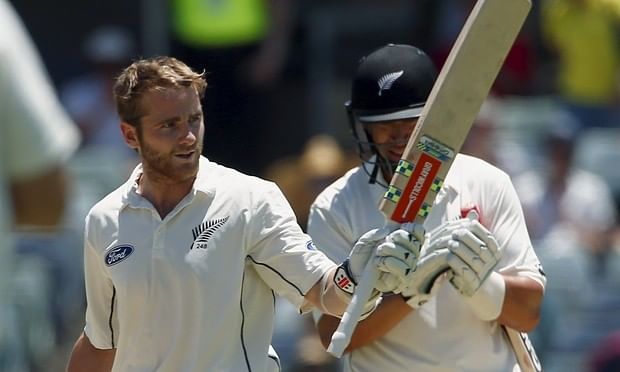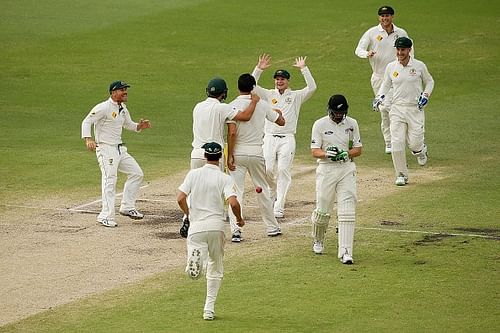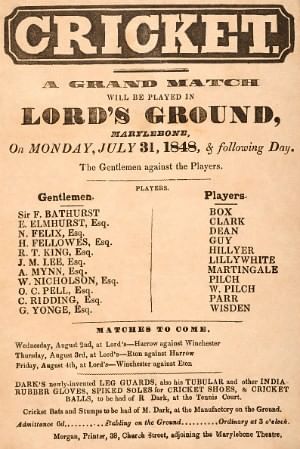
Enough with the double standards

Be it the rules or opinions, cricket has always been a batsmen’s game. The term “Gentleman’s game” has two completely different meanings. One being the obvious: that cricket is usually played with great sportsmanship. The second simply reiterates the fact that batsmen have an edge over the game. To understand this better, let’s go back to early 19th century England.
Origin of the “gentleman's game”
This era saw the rise of club-level cricket. There were two teams, namely The Gentlemen/Amateurs and The Players/Professionals. The difference between the teams was based on the English economic class structure.
The Gentlemen usually consisted of well-off men who played more for “pride” (although there are some unresolved speculations that they were paid more) and the Professionals consisted men of the working class who “played for money”.
Even before this setup, the same division existed within the team. But more often than not, the gentlemen were usually batsmen and the professionals were bowlers. And usually, the captain was always one of the Gentlemen. And these gentlemen had more influence in shaping the rules of the game, owing to their better economic status and social influence.
The two teams were abolished by the MCC in 1963 and since then, every first-class cricketer was considered a professional. But the effects remain deep in the roots of the modern game.
Present-day scenario
More often than not, batsmen make captains even if there are more experienced bowlers in the team. The rules continue to favour the batsmen. And the controversies around the Test series between India and South Africa show that public opinions support batsmen too.
The Nagpur Test has sprouted many controversies ranging from whether India took too much liberty to use the home advantage to whether the pitch was below the standards of international cricket.
The people shunning the wicket have their reasons as well. In a time where scoring 300 is normal and double centuries have been made possible in 50-over cricket, the highest team score of the test was 215 and the top score was a meagre 40, which is the second lowest top score in a test match since 1890.
The pitch was slow, low and spinning square and the game was done and dusted in under three days. That the pitch was unplayable for batsmen, was the accusation. And that has also been ICC’s conclusion.
